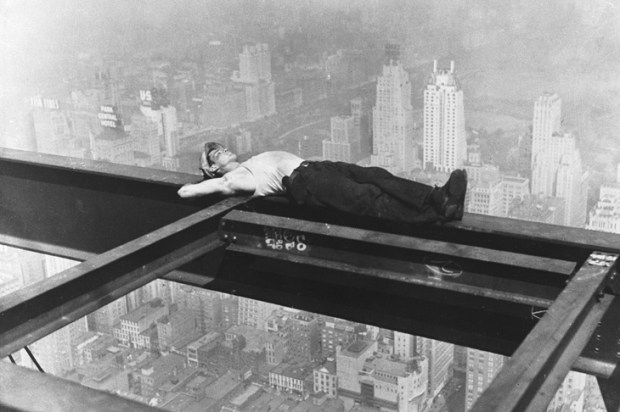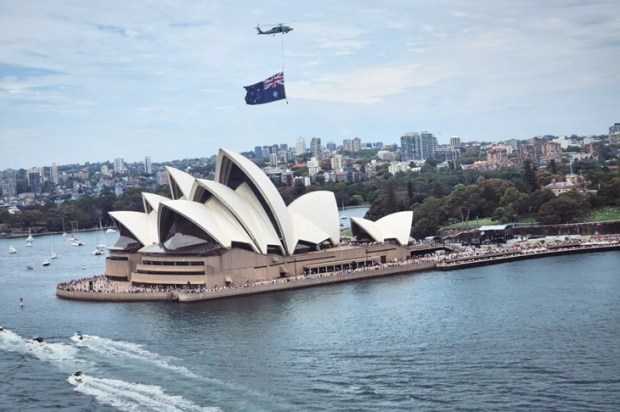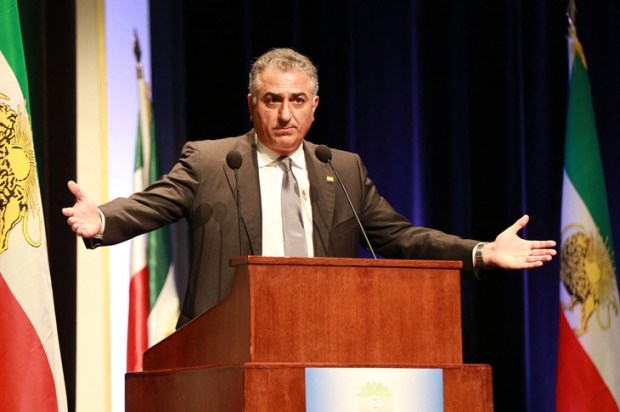One of the more annoying phrases that has slithered its way into public discussion is: ‘If it saves one life, it’s worth it.’ This fraudulent sentiment cloaks itself in virtue while ignoring that all actions have trade-offs. It attempts to shut down debate, after all, who can argue against saving lives?
We assess trade-offs all the time. Otherwise, why not have a 40 km/h speed limit on open roads, or why not compel drivers to wear crash helmets in cars, or require everyone gathered around a pool to wear a life-jacket? If it saves one life, it’s worth it, right? These examples may seem absurd, but the growth of bureaucracy and safetyism in Australia has seen the ‘save a life’ argument find its way into policy at great cultural and monetary cost.
The safetyism culture (‘an obsession with eliminating threats both real and imagined to the point at which people become unwilling to make reasonable trade-offs demanded by other practical and moral concerns’) certainly received a turbo boost from the love of bureaucracy by government and corporations. Bureaucracy and safetyism are ugly twin sisters, as the requirement for endless policies, procedures, manuals etc, feeds directly into a safetyism mindset. There are exceptions such as high-risk settings (e.g. mining, aviation, maritime, medicine) that require safety and risk paper trails, but a bureaucratic mindset, even in these settings, can metastasise into safetyism.
Once I remember being schooled in a theory referred to as the triangle theory of safety, where at the top of the triangle were deaths in the workplace (hopefully nil) and at the bottom appeared large numbers of hazard observations. Apparently, every workplace should be having lots of reported hazard observations to form the bottom of the triangle, as this showed a good safety culture. Each work area was expected to be reporting large numbers of hazards, and these passed over my desk where I was required to read them all.
The theory has some merit, but the implementation involved driving managers to produce large numbers of hazard observations and to meet a hazard observation ‘budget’. To reach their hazard observation budgets, managers made most of them up, and then to assist the numbers the rules were changed to allow hazards observed at home to be included, which seemed absurd. I remember reading such rubbish as, ‘I was gardening at home and noticed the secateurs in my bag were open with the blades facing upwards.’ I felt madness and bureaucracy had taken over the workplace. But we met our hazard observation targets.
Safetyism in the workplace can become a type of arms race, where one workplace introduces a new safety rule, and others follow, or even try to top it. One time I attended a meeting of regional work representatives who were proclaiming their latest safety initiative. It seemed as we went around the room that the examples became more absurd, until someone questioned one, and was met with a stern, ‘Are you not committed to safety?’ which promptly shut down debate and shamed the questioner. Being accused of not being committed to safety was extremely career-limiting.
My home state of Western Australia seems to especially have a love of safetyism and bureaucracy. Covid was a time when safetyism met new highs. Western Australians fully embraced it. I remember listening to ABC radio talkback during summer when bushfires were raging. A caller rang in to ask, if he had to evacuate his house to flee a fire, would he have to keep wearing his mask? Compliance with the rules was uppermost in his mind, even as a fire was bearing down on him.
Western Australia has also brought in new onerous firearms legislation … to keep everyone safe. One aspect of the laws relates to a new licensing regime for ranges. I’ve been around clay target clubs since I was about 10 years old, and have never heard of an accident on a range. In fact, shooting ranges would be a textbook example of effective self-regulation. But the need to keep everyone safe has arrived. Policies procedures and manuals figure highly, and will duly be developed, approved, and never read again.
Where does this new ideology come from? Australian culture certainly has changed. Covid showed that Australians have become risk averse, even when the evidence showed that the risk was low. Western Australians in particular, even those in rural areas, just wanted the government to protect them. In fact, talking rationally about risk has become impossible.
There are also more fundamental shifts in thinking in a strongly secular society. New ideas have emerged where it is thought that individuals, or society, should be able to control everything, even to the extent of something as fixed as sex. Against this background, risk is something that can be eliminated by our sheer will. Hence the absurd slogans of companies such as ‘Zero harm’. Zero is a very low number. Nothing in life is free of any risk and adverse consequences.
The consequences of this thinking are significant. Children’s play has to be carefully monitored. Risk-taking by children should be eliminated. More bureaucracy is needed. It is hard to see how sports like football and rugby can continue as contact sports given litigation. Even speech is now seen as ‘violence’, ensuring the role of the state will continue to interfere in our lives to ‘keep us safe’.
It is difficult to see how we get out of this cycle of more bureaucracy in the name safetyism. Australians have an exceptionally high tolerance for it. There needs to be a conscious effort to drive out the ugly sisters of bureaucracy and safetyism, but corporations and the government have shown a great reluctance to do that, with courageous leadership to swim against the tide seen as too hard. The costs to culture and efficiency because of these developments will be huge.

























